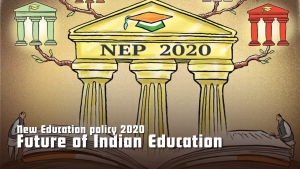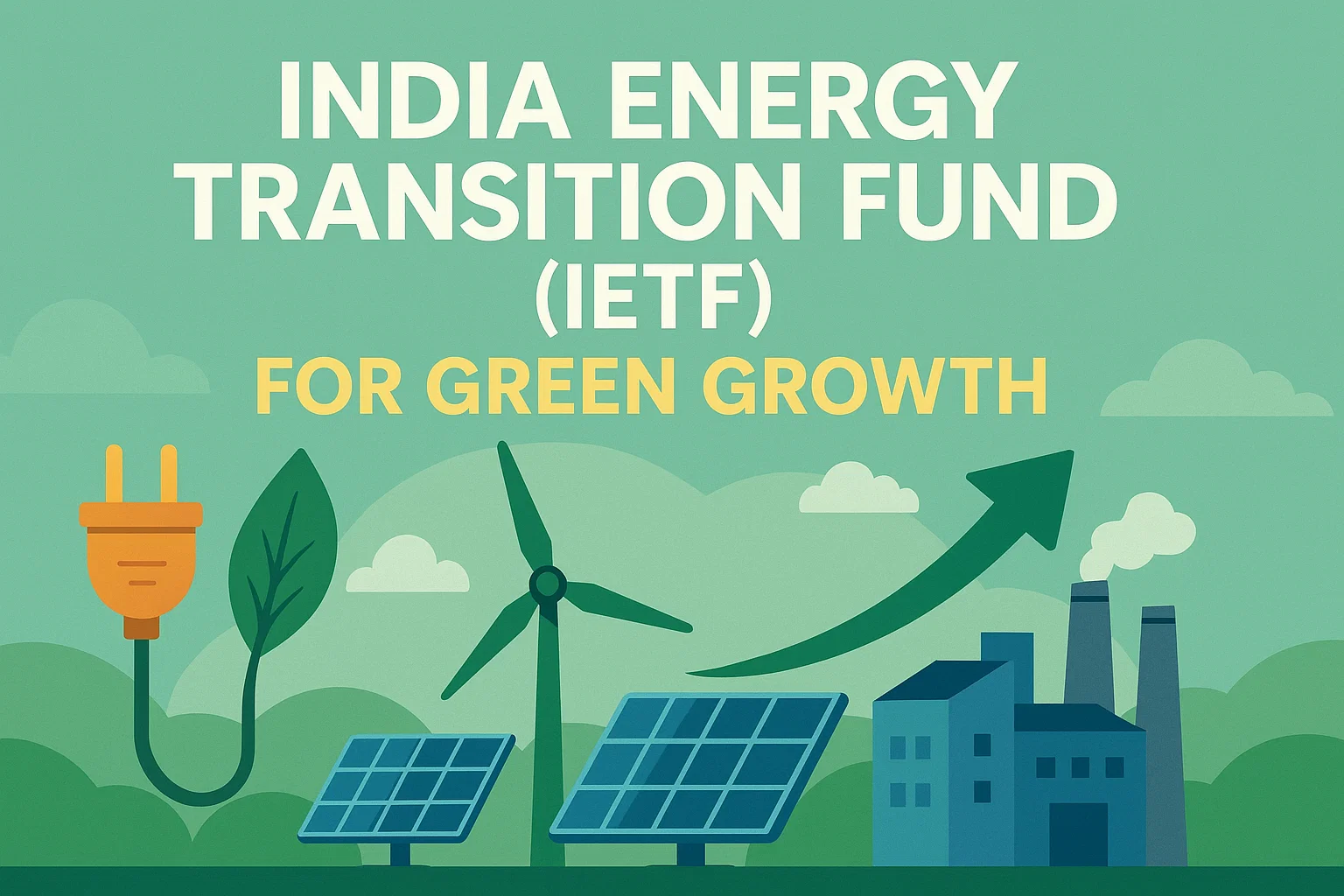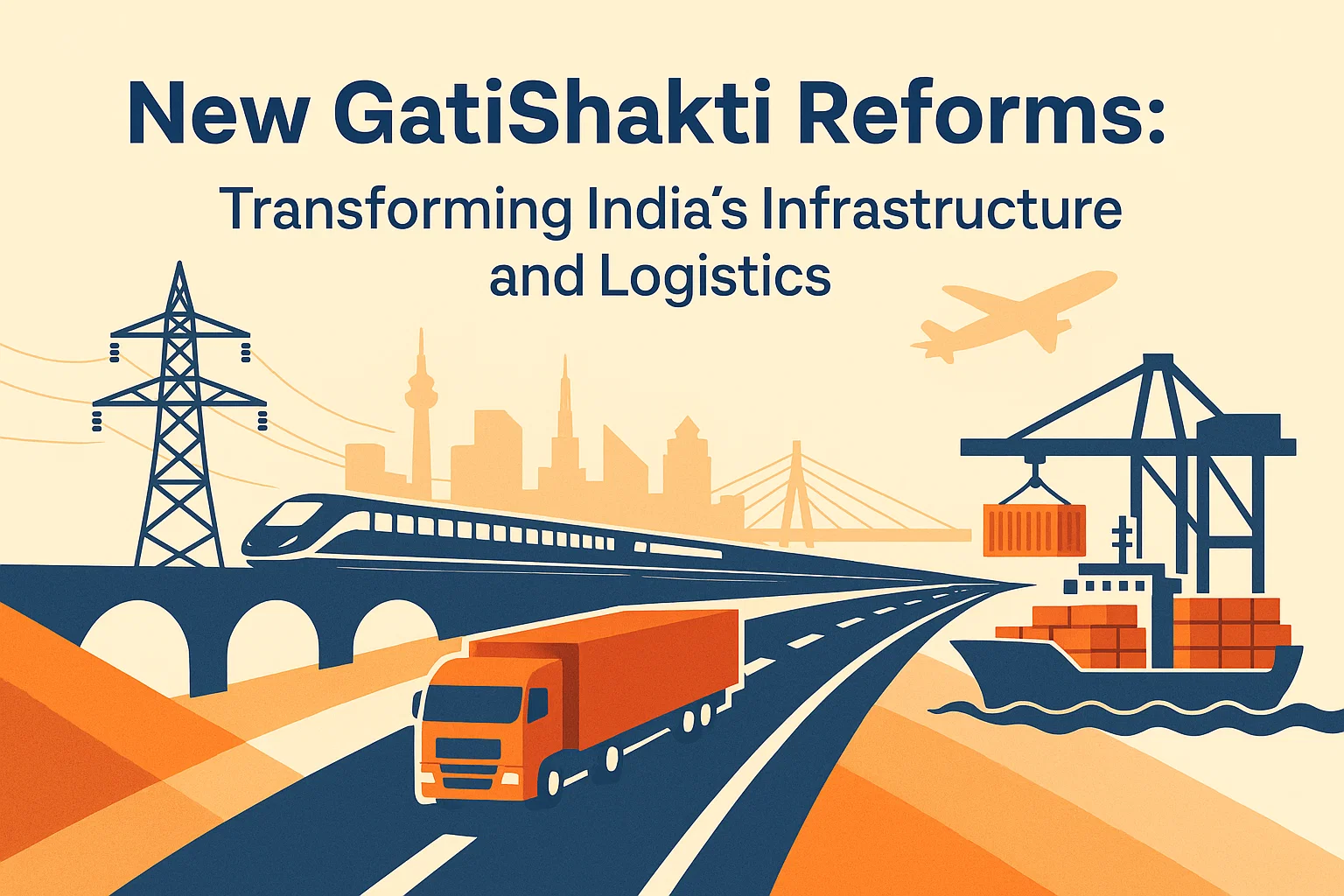Font size:
Print
Remittances in India’s External Sector: A Powerful Stabilising Force in Uncertain Times
Remittances in India’s External Sector: Key Driver of Economic Resilience and Growth
Context: Inward remittances reached a record $118.7 billion in 2023-24, surpassing FDI inflows and financing over 50% of the merchandise trade deficit. Remittances remain resilient despite tightening global financial conditions. However , despite their importance, remittances receive less policy attention compared to trade and FDI.
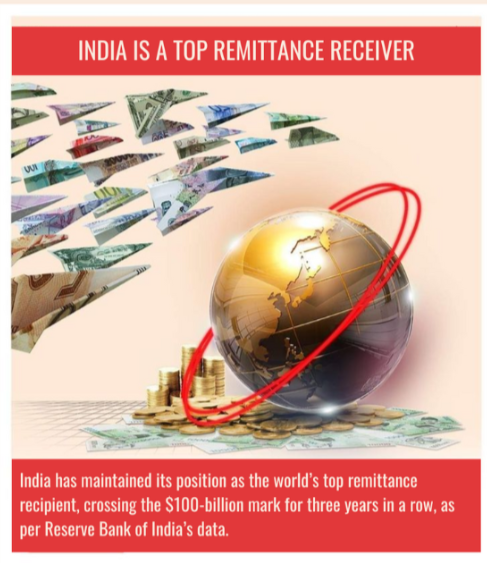
Structural Shifts in Remittance
- Rise of Advanced Economies (AEs)
-
-
- AEs now dominant: Combined share of the US, UK, Canada, Australia, and Singapore is 51.2%, overtaking the GCC’s 37.9%.
- The US leads with 27.7%, surpassing Saudi Arabia (6.7%) and Kuwait (3.9%) combined.
-
- Reasons for shift:
-
-
- Growth of high-skilled migration to AEs.
- Greater student migration to countries like the US (25.3%) and Canada (32%).
-
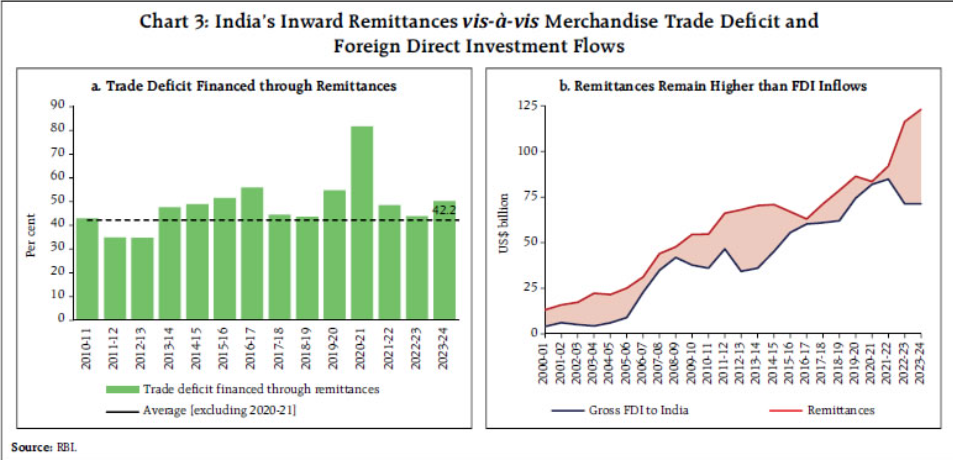
Corridor-Specific Digital Disparities
- High digital uptake in Gulf:
- Saudi Arabia: 92.7%
- UAE: 76.1%
-
- Lower digital penetration in AEs:
- Canada: 40%
- Germany: 55.1%
- Italy: 35%
- Declining Role of the Gulf Region: GCC’s share fell from 46.7% (2016-17) to 37.9% (2023-24).
-
-
- UAE’s share declined from 26.9% to 19.2%.
-
- Contributing factors:
-
-
-
- Oil price volatility and economic downturns.
- Job nationalisation policies (e.g., Saudisation, Emiratisation).
- Decreasing demand for low-skilled foreign labour.
-
-
- Changing Profile of Migrants
-
-
- Shift from low-skilled to high-skilled migration:
- 78% of Indian migrants in the US work in IT, finance, healthcare.
- STEM professionals earn 3–5 times Gulf salaries.
- One Silicon Valley engineer remits ≈10x that of a Gulf construction worker.
- Greater financial resilience of high-skilled workers during crises (e.g., COVID-19).
- Shift from low-skilled to high-skilled migration:
-
- Student Mobility as a Remittance Driver
-
-
- 13.4 lakh Indian students abroad, with major destinations:
-
- Canada: 32%
- US: 25.3%
-
-
- Remittances come through:
- Education loans taken in India.
- Post-study employment earnings abroad.
- Supported by immigration policies:
- UK’s Graduate Visa.
- Canada’s Post-Graduation Work Permit (PGWP).
- India-UK Migration and Mobility Partnership (2021) tripled Indian migration to the UK.
- Remittances come through:
-
- Transaction Patterns and Emerging Vulnerabilities
-
-
- High-value transaction dominance: Transactions above ₹5 lakh account for 29% of total value but only 1.4% of total transactions.
- Driven by professionally mobile, high-income migrants.
- Risk factor: A slowdown in high-skilled migration due to restrictive immigration policies could reduce these flows disproportionately.
-
- Increasing Digitalisation of Remittances
-
- Digital transactions now 73.5% of all remittance transfers (2023-24).
- Average remittance cost for sending $200 is 4.9%:
- Lower than global average (6.65%).
- Still above SDG target of 3%.
- Rise of fintech platforms and app-based services contributing to this shift.
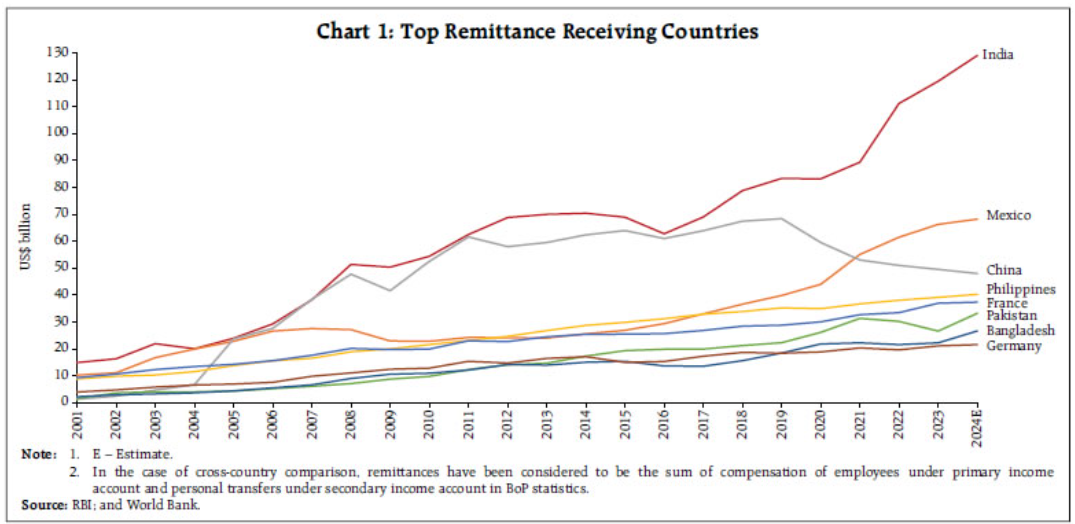
Key Challenges
- Infrastructure and regulatory gaps constrain universal digital adoption: Need to strengthen cross-border digital payment linkages for lower costs and higher transparency.
- Sub-National Asymmetries in Remittance Inflows
-
-
- Kerala, Tamil Nadu, Maharashtra together account for 51% of total remittances.
- Bihar, Uttar Pradesh, Rajasthan receive under 6%.
- Reflects both:
- Historical outmigration patterns.
- Unequal access to migration-enabling infrastructure like:
-
- Language training
- Skill certification
- Overseas job linkages
- Missing Micro-Level Data on Remittance Usage
-
-
-
- Household-level usage data was not collected in this survey.
- Essential to know whether remittances are:
-
-
- Consumption-smoothing
- Or contributing to long-term savings, investments, or asset creation
Conclusion: Enhancing the Developmental Role of Remittances
- India’s remittance landscape is witnessing a profound structural transformation.
- This shift from Gulf-based low-skilled to AE-based high-skilled flows presents both opportunities and vulnerabilities.
- Policy focus must evolve to:
- Strengthen digital and cross-border financial infrastructure.
- Democratise access to migration pathways across States.
- Ensure remittances are productively channelled for long-term development.
Subscribe to our Youtube Channel for more Valuable Content – TheStudyias
Download the App to Subscribe to our Courses – Thestudyias
The Source’s Authority and Ownership of the Article is Claimed By THE STUDY IAS BY MANIKANT SINGH


